Historic opening campaign
The Central Highlands was considered by the French as the "roof of Indochina". Whoever controlled this area would control Indochina. Replacing the French colonialists, the American imperialists paid even more attention to this strategic military position. The US and the Saigon government increased many measures to restrain the ethnic people and prevent the revolutionary movement in the Central Highlands. However, with the spirit of uprising, the army and people of the Central Highlands continuously fought, gradually defeating the enemy's plots and acts of invasion.
Identifying the Central Highlands as a region of special importance to the cause of resistance against the US and national salvation, along with the policy of building a strong and widespread local force, since 1964, the Central Military Commission and the Ministry of National Defense have sent a number of main units to the Central Highlands battlefield. In particular, before the Central Highlands Campaign, the Politburo and the Central Military Commission sent 2 divisions (968, 316), 3 regiments (95B, 232, 575) and many battalions to reinforce the Central Highlands battlefield, creating an overwhelming advantage in both quantity and quality over the enemy. This was one of the main reasons that directly led to the complete victory of the Central Highlands Campaign.
Entering the spring and summer of 1975, the Politburo, directly the Central Military Commission, decided to launch the Central Highlands Campaign (codenamed A 275), aiming to destroy an important part of the enemy's forces, liberate the provinces of Dak Lak, Phu Bon, Quang Duc, carry out division and create a new strategic position on the battlefield of the entire South. The campaign command was led by Lieutenant General Hoang Minh Thao as Commander, Colonel Dang Vu Hiep as Political Commissar.
Carrying out the diversionary mission and creating a campaign position, from the beginning of March 1975, the Campaign Command used the 968th Division to conduct diversionary operations in the Northern Central Highlands region, forcing the enemy's 23rd Division to transfer a part of its forces from Buon Ma Thuot to Kon Tum and Pleiku to deal with the situation.
On March 4, our troops officially opened fire to launch the Central Highlands Campaign. From March 4 to 9, our troops cut off traffic on Routes 19 and 21, isolating the Central Highlands from the Central Coast, and dividing Route 14 to isolate the Northern Central Highlands from the Southern Central Highlands; successively attacking and capturing the district capitals of Thuan Man (March 8) and Duc Lap (March 9), completely isolating Buon Ma Thuot.
Taking advantage of the victory, on March 10 and 11, our troops attacked Buon Ma Thuot town, winning the first key battle of the campaign. Then, from March 14 to 18, we crushed the counterattack of the 23rd Division in the Nong Trai - Chu Cuc battle, winning the second key battle. Defeated and facing the strong threat of our troops, from March 15, the enemy troops withdrew from Kon Tum and Pleiku along Highway 7 in order to regroup in the coastal plain of Zone 5. Not missing the opportunity, our troops promptly pursued and destroyed almost all the enemy troops retreating on Highway 7, with the battles of Cheo Reo (from March 17 to 19), Cung Son (March 24), winning the third key battle...
After that, our army developed the fighting in the South Central Coast region, coordinated with local army and people to liberate Phu Yen and Khanh Hoa provinces, ending the campaign on April 3, 1975.
As a result, we destroyed and disintegrated the 2nd Corps - Military Region 2 of the Saigon army, eliminated from combat more than 28,000 enemies, captured and destroyed 154 planes, 1,096 military vehicles, liberated five provinces (Kon Tum, Gia Lai, Dak Lak, Phu Bon, Quang Duc) and a number of provinces in the South Central Coast.
Historical and real value
The victory of the Central Highlands Campaign, the acupressure point of Buon Ma Thuot, demonstrated the wise leadership of the Party, specifically the leadership of the Supreme General Staff, the Politburo and the Central Military Commission in all aspects, from choosing the battlefield, timing, and breakthrough position to seizing the opportunity to develop the campaign to greater subsequent victories.
The victory of the Central Highlands Campaign created a fundamental change in the balance of forces and strategic situation in our favor, while the enemy was passive, strategically weakened and disintegrated, leading to clustering and passive response on the battlefields. The victory of the Central Highlands opened up the opportunity for a general strategic offensive throughout the South for our army and people to continue to carry out major military attacks, developing the 1975 Spring General Offensive and Uprising to complete victory.
The victory of the campaign left many issues about military art, especially the art of deception to deceive the enemy. This is an extremely valuable historical experience that needs to be continued to be studied, applied and developed in the period of building and defending the Fatherland today.
Devising strategies, setting up battle formations and choosing targets (directions) were the outstanding developments of military art in this campaign. We chose the main target (Buon Ma Thuot) right at the enemy's dangerous but weak place. To make this target even "weaker", we used diversionary tactics to move the enemy to the North, while secretly moving a large force to the South, thanks to which we concentrated our overwhelming advantage where necessary, creating the element of surprise.
We also arranged a dangerous battle formation, dividing the enemy's strategy and campaign, causing their army clusters to be isolated. From there, we forced the enemy to accept the situations we had anticipated (for example, due to our battle formation, the enemy only had one possibility left, which was to land helicopters on Route 21 after losing Buon Ma Thuot. Here, we had the 10th Division and the 25th Regiment ready. This meant that the enemy had fallen right into our plan and intention).
The 1975 Central Highlands Campaign also stood out in the art of developing attacks. Seizing the opportunity when the enemy was fleeing, we promptly and resolutely pursued and destroyed them, leading the enemy to an unprecedented defeat, shaking the enemy's strategy, and bringing the resistance war against the US to a decisive turning point.
The Central Highlands Campaign was not only a directive to coordinate the military operations between the three types of troops, but also a skillful and wise directive of the Party to promote the role of the people of the Central Highlands ethnic groups participating in the campaign.
In this campaign, the people of the Central Highlands ethnic groups not only proactively participated in opening roads and transporting goods to serve the main units and in diversionary activities to deceive the enemy, but also coordinated with the main units in combat operations to hunt down the enemy remnants, rise up to destroy "strategic hamlets", overthrow the enemy government; and participated in preserving and protecting the achievements of the revolution.
49 years have passed, but the Central Highlands Victory still retains its theoretical and practical value for the cause of building and defending the Fatherland today and in the future. The Central Highlands Victory left many valuable lessons for the cause of building and defending the Fatherland in the new era, especially for the cause of building a revolutionary, regular, elite, and gradually modern army, with a number of military branches, arms, and forces advancing straight to modernity.
According to VNA
Source


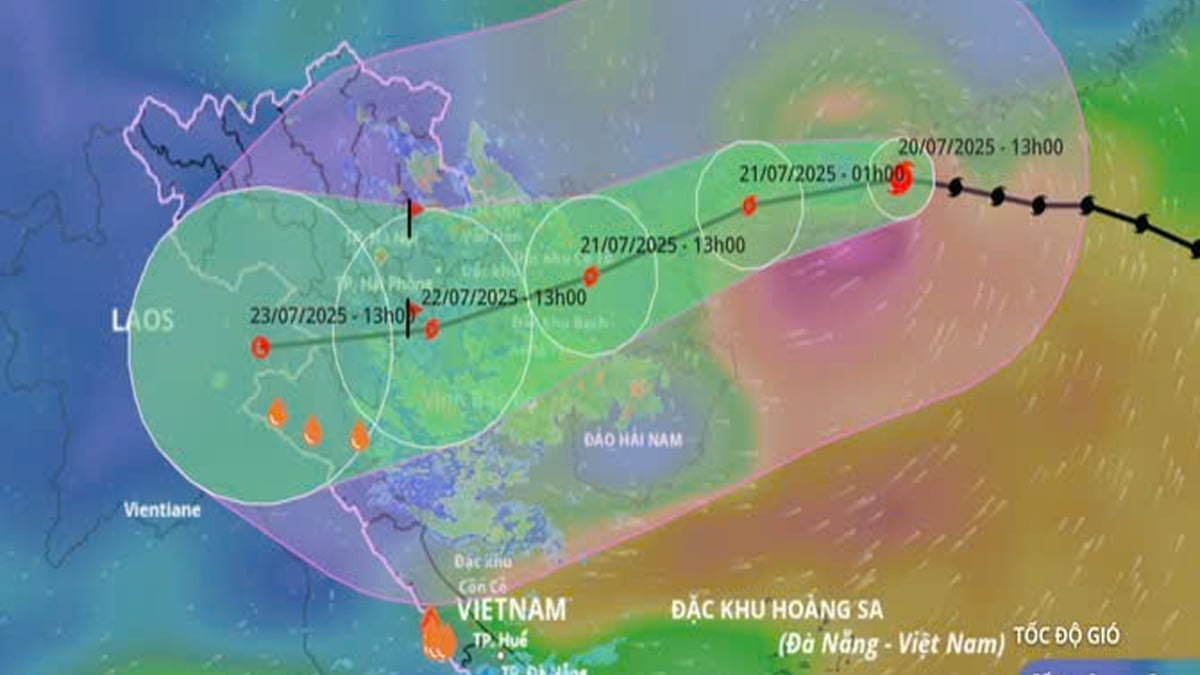
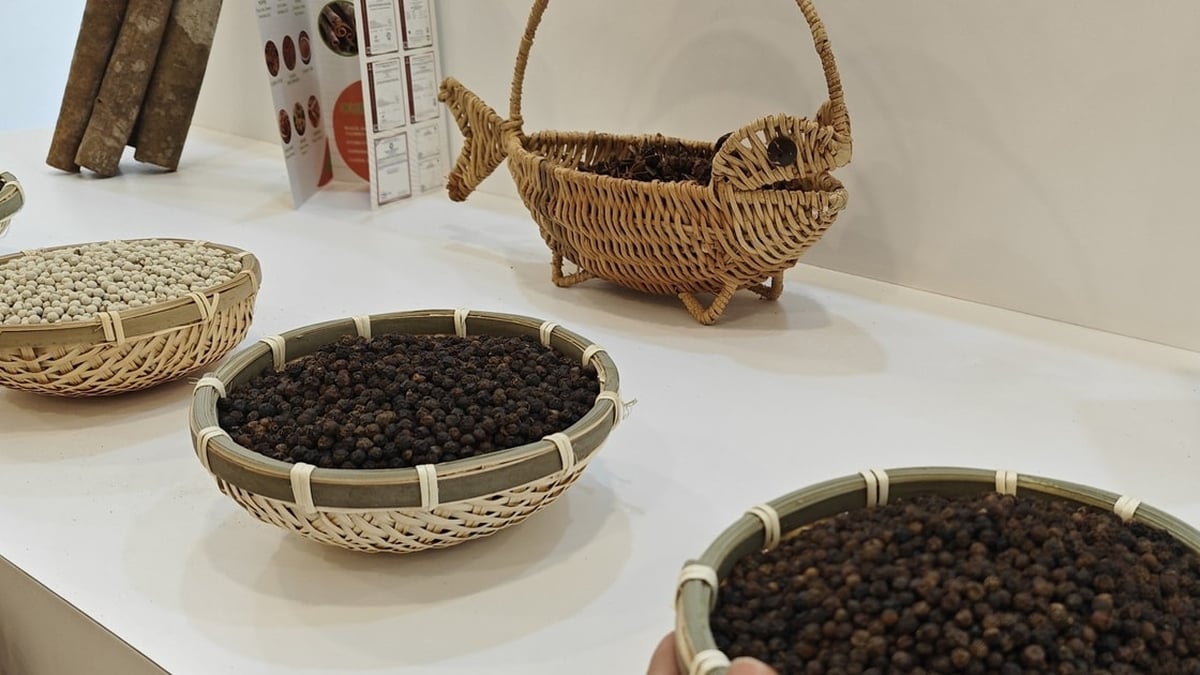
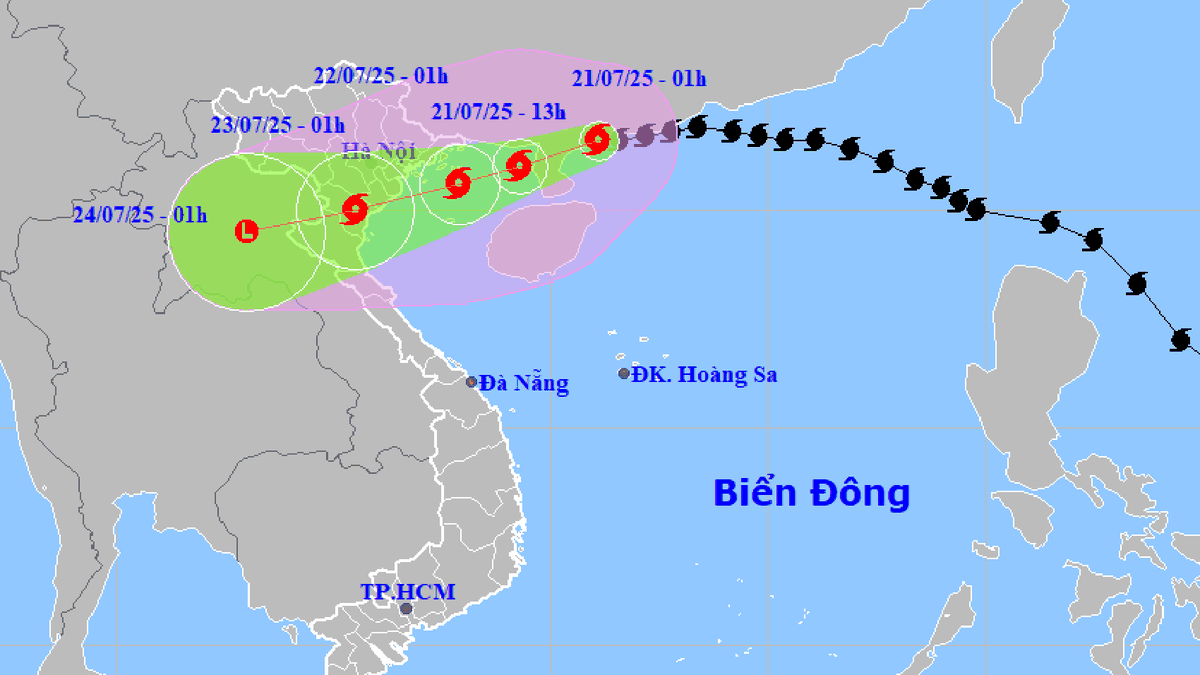

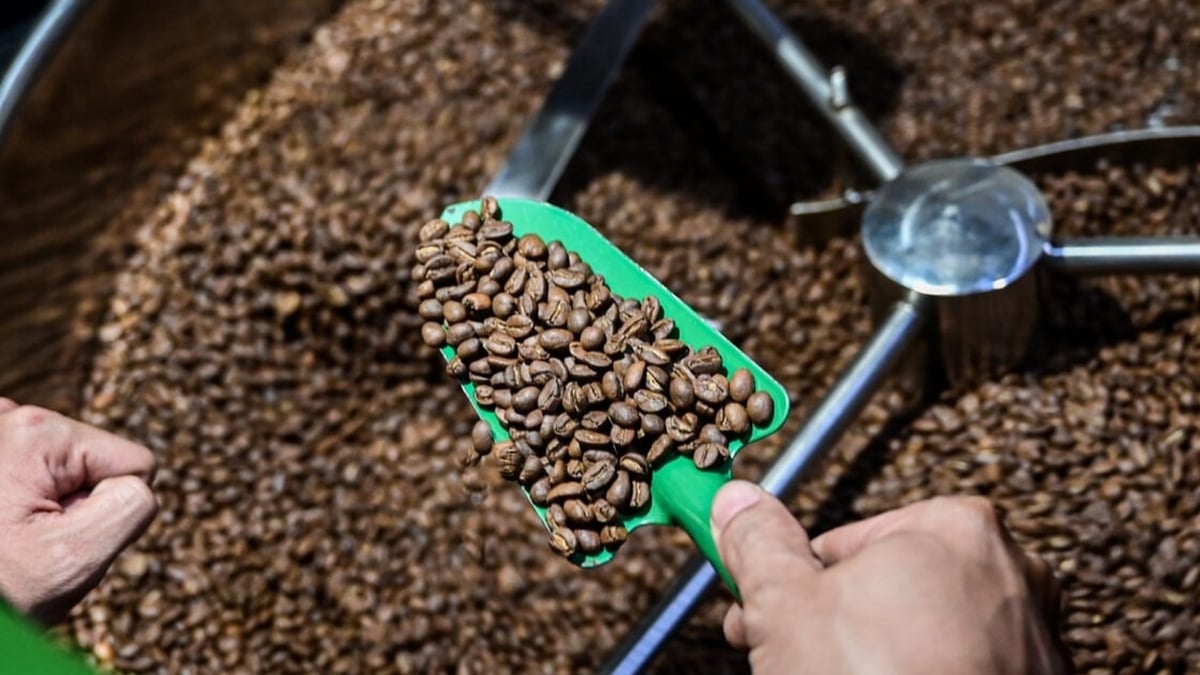

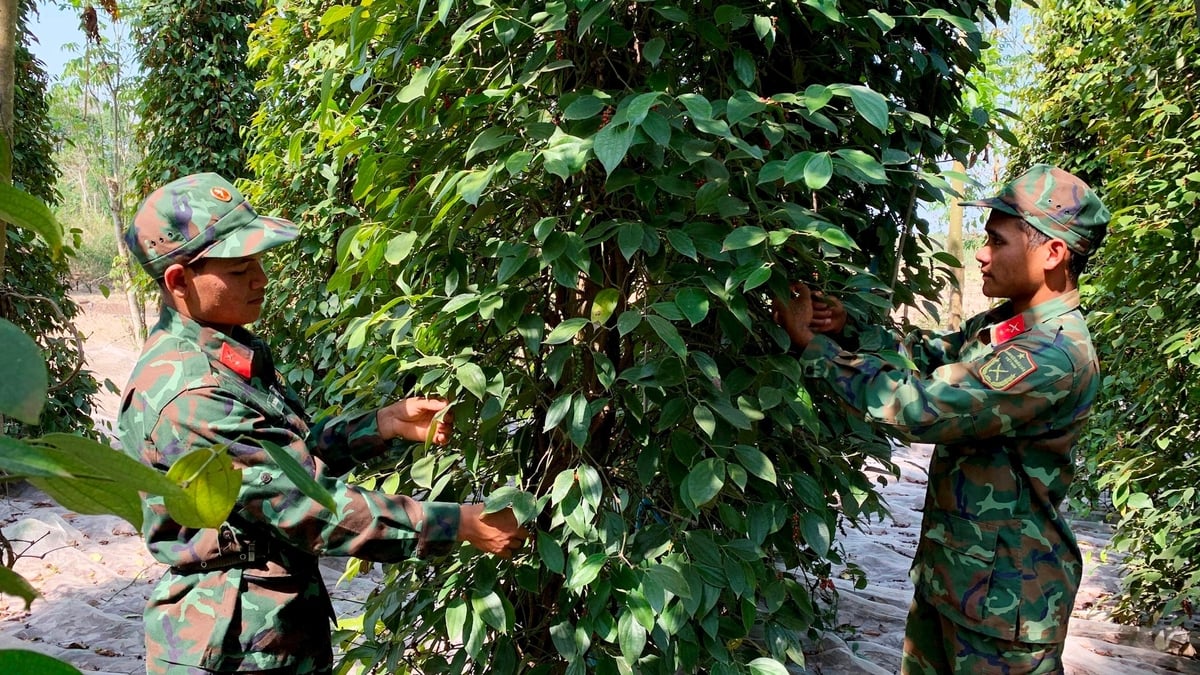

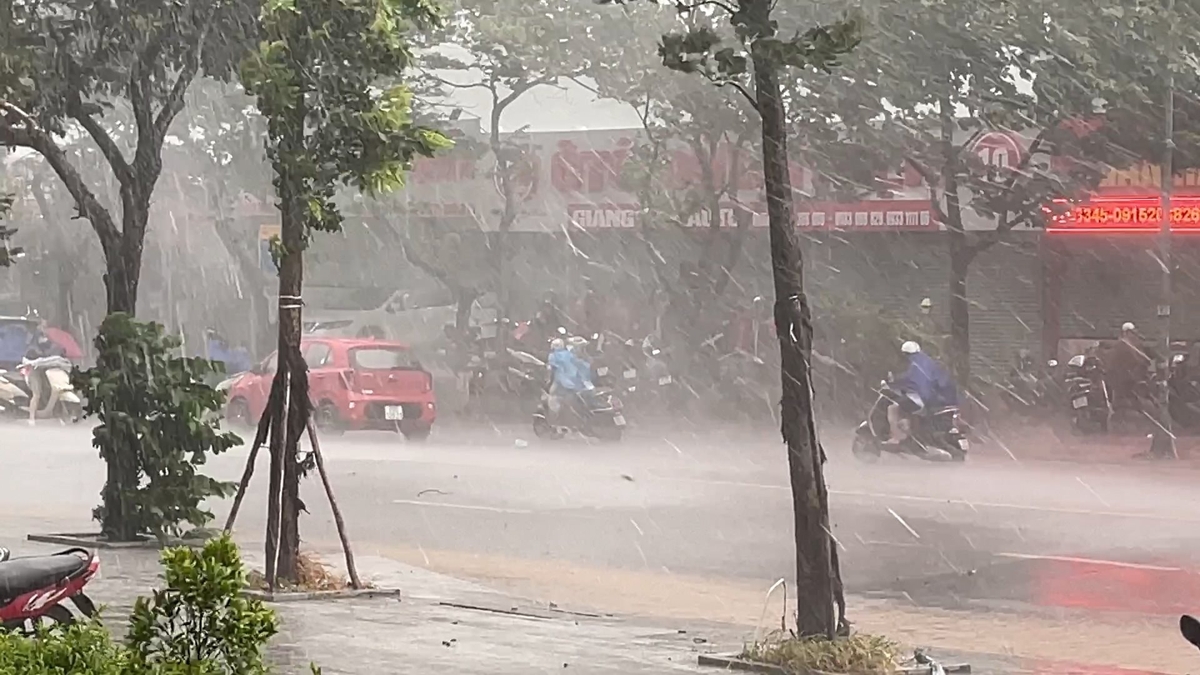
















![[Photo] National Assembly Chairman Tran Thanh Man visits Vietnamese Heroic Mother Ta Thi Tran](https://vphoto.vietnam.vn/thumb/1200x675/vietnam/resource/IMAGE/2025/7/20/765c0bd057dd44ad83ab89fe0255b783)




































































Comment (0)